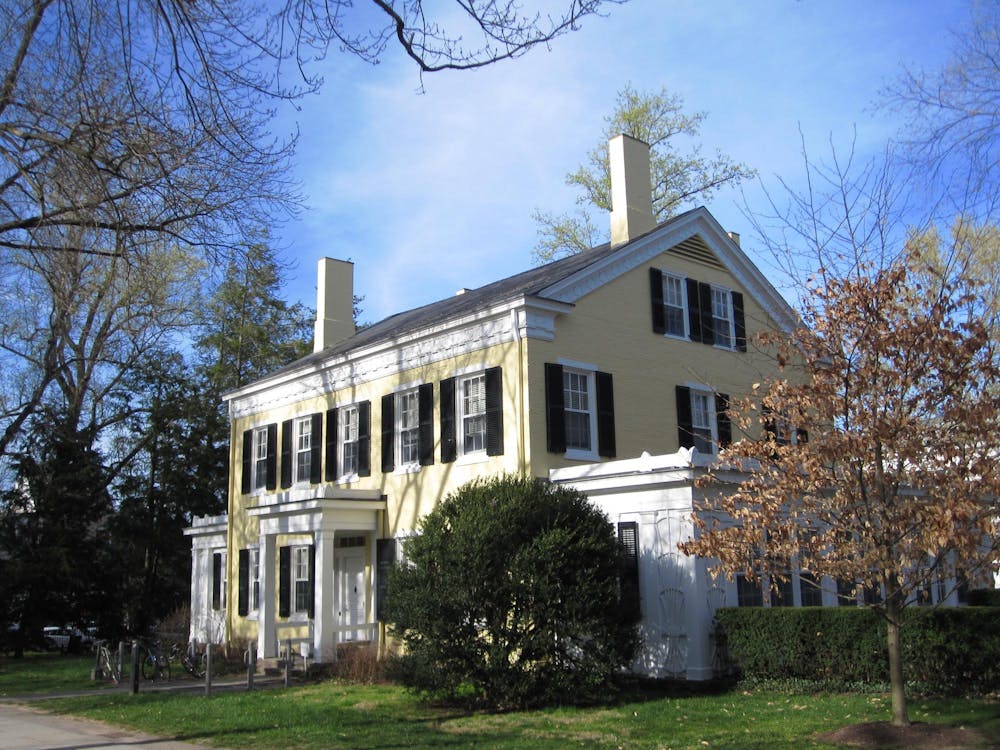It may soon be the end of the line for the University's beloved Dinky as New Jersey Transit and other local development agencies are looking to replace the commuter rail system along the Route 1 corridor.
"[New Jersey Transit] has been looking at transit alternatives for the Route 1 corridor," said operation research and financial engineering professor Alain Kornhauser, who specializes in transporation issues. "One of the alternatives is this Bus Rapid Transit," or BRT.
In April 2003, an independent consulting firm prepared a report for the Greater Mercer Transportation Management Association — a nonprofit entity dedicated to improving commuter services in Mercer County — analyzing the possibilities for BRT.
The report painted an optimistic future for BRT in Central New Jersey.
"Preliminary findings from all of [the independent agencies'] efforts show that BRT has the potential for success and warrants further investigation," the GMTMA website said.
New Jersey is now in the process of conducting an official alternatives analysis — part of the bureaucratic response to a potential major policy change.
But the review process may extend into the University's classrooms this semester as Kornhauser has brought the real life problem to his students' attention.
As part of Kornhauser's class, ORF 467: Transportation, the students will analyze BRT feasibility in Central New Jersey for their group final projects.
"I'm trying to bring a little more of a real, lively current context within the class," Kornhauser said. "And part of what makes this interesting is that we really don't know what the answer to the problem is yet."
He said he plans on having the class present its findings as a group when the term paper is due in January.
"We'll present [the work] to ourselves and if anyone wants listen to us, they're welcome to," Kornhauser said. "The objective is not to jump in there and try to think in the class we're going to solve the world's problems, but I think it's important to bring some relevance to the classroom."
Kornhauser, though, has doubts about the feasibility of BRT along the Route 1 corridor and the Dinky line.

"I don't think that having a bus is necessarily the right way of doing this thing," Kornhauser said. "There are much smaller, automated vehicles that could get it done."
Nevertheless, he said, the Dinky is also a relatively inefficient way of providing public transportation. Several factors including labor costs and limitations on the area rail infrastructure could make the current system outdated.
Yet, like most Princetonians, Kornhauser still has a place in his heart for the University's little train.
"And then at some point in the process, I get nostalgic and say it would be a real shame to get rid of the Dinky," he said.







